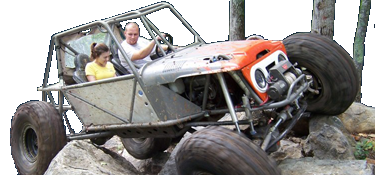I got this from a coworker who has a great lookin lawn. I started following this plan a couple of months ago. He said it takes about three years to transform a bad yard that has a lot of weeds and mixed crappy grass.
Tall Fescue Maintenance Schedule for established lawns in the North Carolina Piedmont region.
Between September 15th and October 1st:
- Aerate and overseed
- Use a blend of tall fescue cultivars at 4 pounds per thousand square feet. Keep the seedbed moist to ensure good germination.
- Mow to 2 1/2 to 3 inches in height when needed.
Between October 1st and October 31st:
- Fertilize using a complete nitrogen-phosphorus-potassium (N-P-K) turf-grade fertilizer (12-4-8 or 16-4-8)if you’re on a tight budget 10-10-10 is okay 13-13-13 is better.
- Check for white grubs in October; fall is the ideal time to control white grubs.
Between November 15th and December 15th
Best time to put down Lime, if needed
- Fertilize (12-4-8 or 16-4-8) if you’re on a tight budget 10-10-10 is okay 13-13-13 is better
Between February 1st and February 15th
- Apply a Crabgrass preventer (pre-emergent) and fertilizer. Or a Crabgrass preventer with fertilizer in it. Sta-green brand at Lowes is okay.
- Mow before grass gets taller than 5 inches.
Between March 15th and April 15th
(About the time the dogwoods bloom)
- Apply broadleaf herbicides to control dandelions and other weeds if necessary.
(“Spectracide Lawn Weed Killer Plus Crabgrass” works well with a hose end sprayer, or the kind that you attach the hose right to the bottle.)
- Mow at 3 inches.
- DO NOT fertilize tall fescue after March 15.
Between May 1st and May 15th
(or as late as early June)
- Apply crab grass preventer (pre-emergent) to control crabgrass NO FERTILIZER
Between May 15th and September 15th
- Raise mower height to 3 ½ to 4 inches.
- DO NOT fertilize tall fescue at this time.
- Avoid the use of herbicides at this time.
- Irrigate when needed
This information was modified slightly from the NC state university website:
For more info see:
http://www.turffiles.ncsu.edu/Maintenance_Calendars.aspx#000017


 ) scraped off all the topsoil down to concrete hard clay with rocks in it. 2 season of planting and watching the grass die, I finally bit the bullet last fall and brought in 3 dumptruck loads of topsoil and put down a 3" thick layer. Planted, watered, let it grow. Looks great now, we'll see how it looks in July/August. I think the biggest factor will be watering it.
) scraped off all the topsoil down to concrete hard clay with rocks in it. 2 season of planting and watching the grass die, I finally bit the bullet last fall and brought in 3 dumptruck loads of topsoil and put down a 3" thick layer. Planted, watered, let it grow. Looks great now, we'll see how it looks in July/August. I think the biggest factor will be watering it.